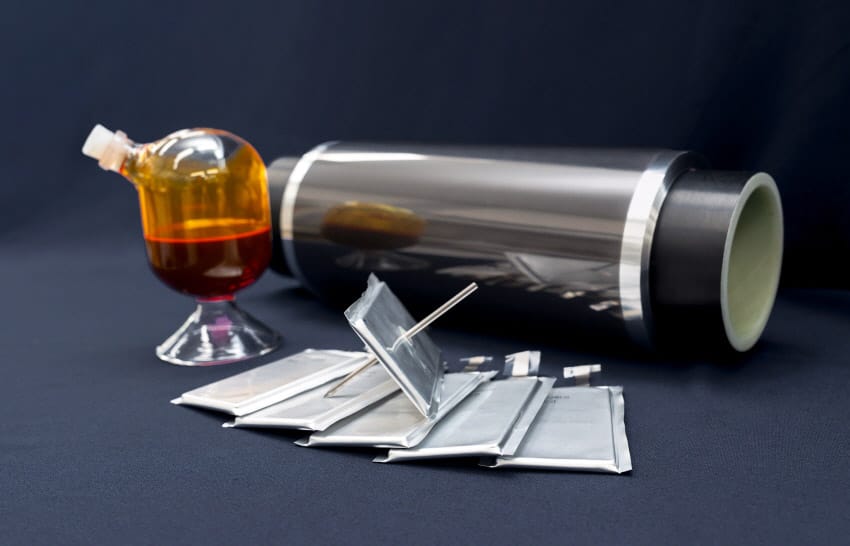Key Takeaways
1. LG Chem has developed a new cathode that eliminates the need for precursors, leading to cheaper and better-performing battery cells in cold weather.
2. Production of these new cathodes is set to begin by July at LG’s new Arizona factory, which will also manufacture 4680 batteries for Tesla.
3. The Arizona facility will produce both 4680 batteries for Tesla’s Cybertruck and affordable LFP cells for lower-cost electric vehicles and energy storage.
4. Tesla has developed a cost-saving dry cathode production technique, allowing for more efficient and cost-effective battery production.
5. LG’s Arizona plant will have a capacity of 53 GWh, with plans adjusted to focus on 4680 batteries instead of the initially planned 2170 cells.
Tesla’s battery partner, LG Chem, has made a significant advancement with a new type of cathode that doesn’t require precursors. This innovation is expected to result in less expensive battery cells that perform better in cold weather.
Production Timeline
Production for these new cathodes is set to kick off by July. LG plans to implement this technology in its new factory in Arizona, which is scheduled to open next year.
Battery Types and Applications
The Arizona facility will manufacture 4680 batteries specifically for Tesla, along with affordable LFP cells aimed at lower-cost electric vehicles and energy storage solutions. Tesla is also gearing up to release a more budget-friendly RWD version of the Cybertruck, which has already been listed in the federal IRS database for electric vehicle tax credits.
To meet demand, Tesla will require a substantial supply of 4680 batteries, as there are reports that the Cybercab will also use a variant of these batteries, in addition to plans for the refreshed Model Y Juniper.
Cost Concerns and Production Efficiency
Tesla’s initial worry regarding the 4680 battery was its inability to produce them at a cost-effective rate, unlike suppliers like LG or Panasonic. However, Tesla has now successfully developed a cost-saving dry cathode production technique, which will likely complement its existing output.
In the past, LG has stated that it has also perfected the production process, which can be utilized for both anodes and cathodes, resulting in a 30% reduction in the costs of 4680 batteries. Additionally, production facilities and energy usage can be reduced by half since there’s no need for harmful solvents or baking equipment, unlike the traditional wet method.
Facility Capacity and Adjustments
LG’s battery plant in Arizona is expected to reach a full capacity output of 53 GWh, with a large portion of that dedicated to producing 4680 cells for Tesla’s Cybertruck, Cybercab, Model Y, and more.
“To proactively meet market needs for 46-Series batteries, the company altered its original plan for the facility, which was initially designed to produce 2170 cells with an annual capacity of 27 GWh, instead opting to manufacture 46-Series batteries at an expanded capacity of 36 GWh,” LG mentioned at the time.
Source:
Link


